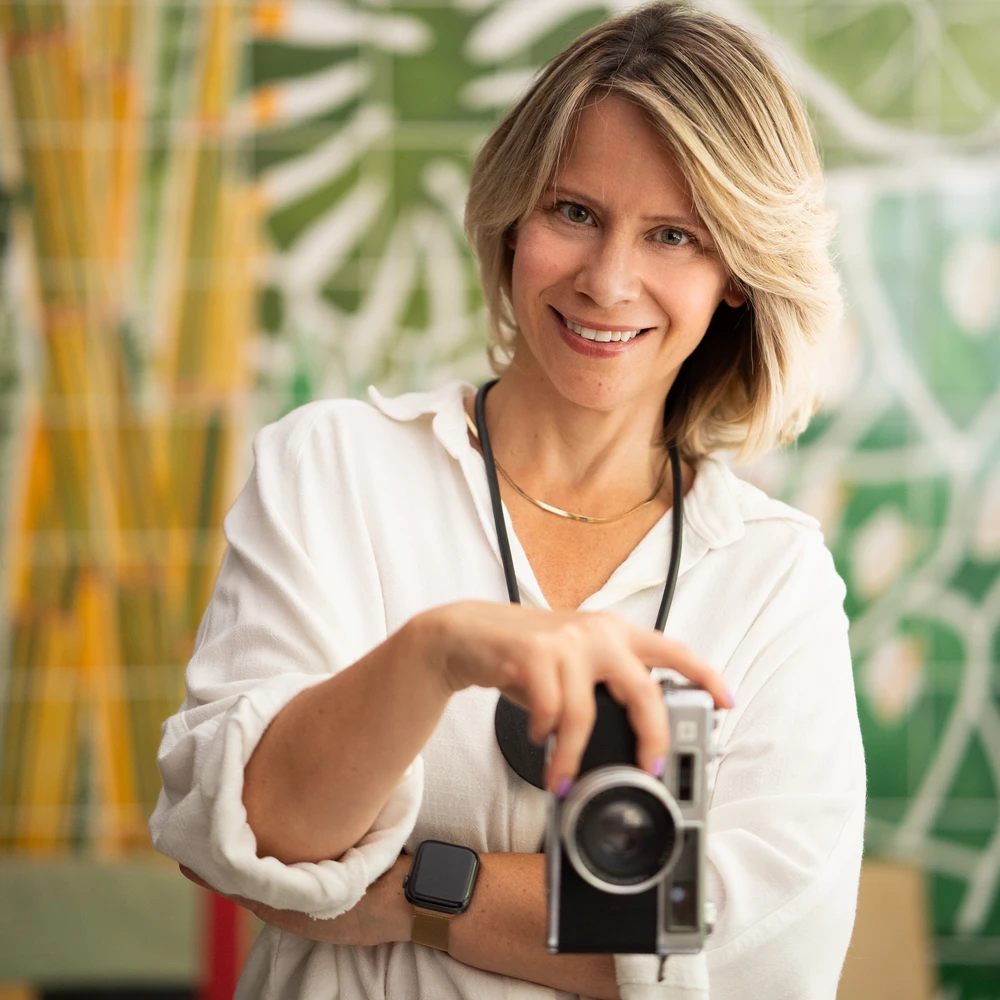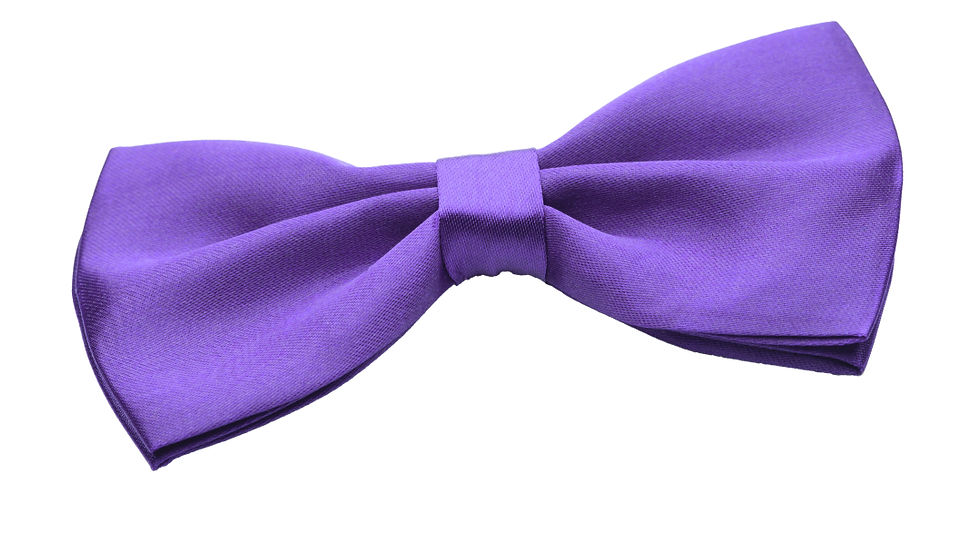When I first heard from my oncologist that the new treatment I’m undergoing for this recurrence didn’t have a set end date—even after a negative diagnosis—I told myself that even if it took a couple of years, I’d eventually be done with it.

But during my last infusion this week (I get them every three weeks), I asked him again because I’m planning a trip to Brazil and wanted to stay longer than three weeks. To my disappointment, he told me he still can’t predict an end date. There just isn’t enough data yet, and every case is different. The only thing he knows for sure is: if I stop, it could come back.
Not fun.
He told me that ultimately, I’ll have to be the one to decide if skipping an infusion for something important—like staying longer in Brazil—is worth it for me.
Hearing that hit me with a mix of emotions. It took me two days to even write about it. I never imagined I’d go through breast cancer once, let alone twice. No genetic markers, no family history, no unhealthy habits. And still—here I am. Again.
And now, knowing I’ll need to rely on this medication for an unpredictable amount of time is heavy.
You might think, “What’s the big deal? Some breast cancer survivors take daily pills for 5 or 10 years.” But for me, it’s the fact that I need to go to an oncology facility every three weeks. That I have to take pre-meds that mess with my mind—especially the steroids. That I lose an entire day because they make me tired. That I depend on someone to drive me. That I can’t just plan a trip to visit my family and friends for more than three weeks without considering treatment.
My whole life has to be planned around infusion days.
Thankfully, I had my port removed, because the thought of having it as a “forever friend” for who knows how long was too much. That thing bothered me so much.
Right now, the only thing I can do is reframe this. Maybe it’ll take some time—or maybe not—but I need to find a way to fit this treatment into my life, not the other way around. I don’t want to feel like a slave to it.
This whole cancer journey—both times—has brought so much to reflect on. And especially, to adapt to.
It’s a lot to process. But the only way I know how to move forward is to reframe each little challenge… and be grateful. Yes—grateful for the experiences, the possibilities, the strength we find within ourselves, and the support we’re lucky to receive. Give me a few days. I’m reframing it.

















